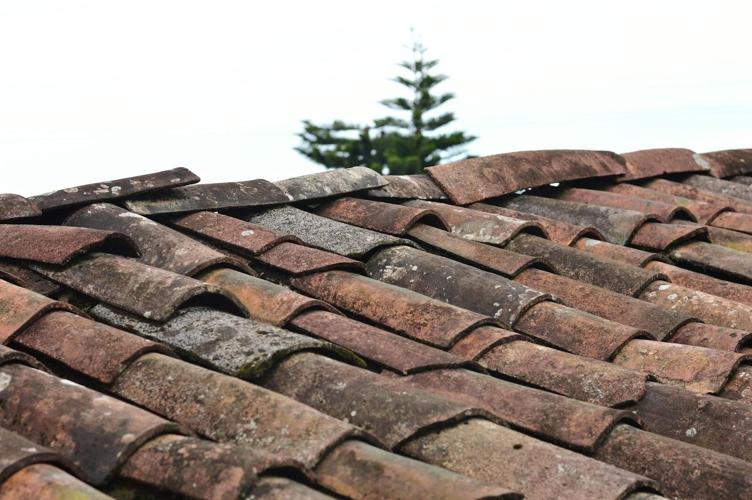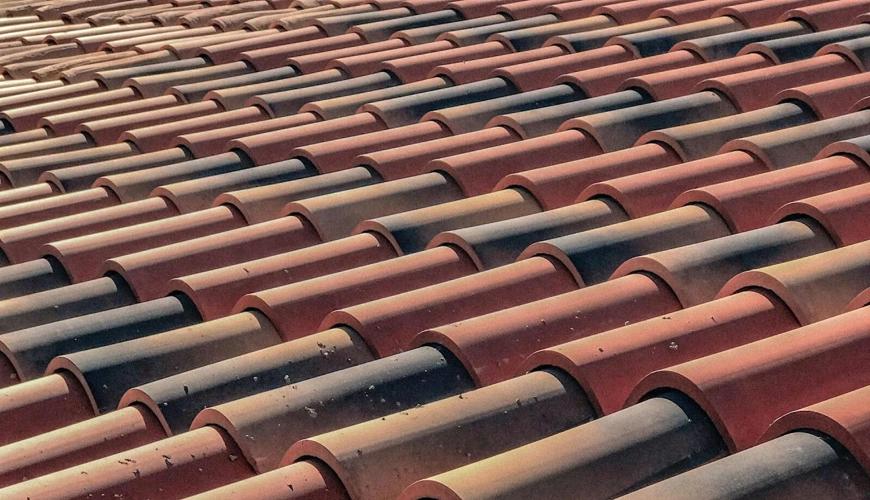
A strong roof is the first line of defense against the elements, shielding a home from rain, wind, snow, and intense sun. Small problems can quietly grow into major issues if left unaddressed, affecting insulation, walls, and even personal belongings. Homeowners who act quickly can prevent minor flaws from becoming expensive repairs.
Regular observation, maintenance, and timely interventions keep a roof in top condition. This guide provides practical, actionable tips for recognizing potential issues, performing quick fixes, and protecting your home from costly damage, ensuring that your roof continues to safeguard your living space efficiently and effectively.
Spot Warning Signs Before They Spread
Early detection of roof problems is important to prevent them from worsening and causing structural damage. Curled or missing shingles, dark streaks, and worn patches can indicate trouble. Observing the roof from the ground using binoculars is a safe way to spot visible problems.
Interior signs are equally important: water stains on ceilings, peeling paint, unusual odors, or increased humidity in the attic often point to leaks or moisture intrusion. By performing regular inspections each season, homeowners can catch minor issues early, plan repairs, and prevent small flaws from escalating into larger, more expensive problems, extending the lifespan of the roof.
Clear Debris That May Trap Moisture
Accumulated leaves, twigs, and other debris on roof surfaces can create areas where water collects, leading to deterioration of shingles and underlying materials. Moisture trapped for long periods encourages mold, mildew, and rot, which weaken structural integrity. Using a soft broom, blower, or rake carefully can remove debris without causing damage to shingles.
Homes near trees require more frequent clearing after storms or heavy winds. Keeping the roof surface clean ensures water flows freely to gutters, preventing stagnant pools. Regular debris removal preserves the roof and reduces maintenance costs while maintaining the home’s exterior appearance and safety.
Seek a Roofing Professional for Uncertain Moments
Certain roof repairs require specialized tools, materials, or expertise that go beyond basic homeowner fixes. Experienced roofers, like trusted NC roofing pros, can accurately identify risks, perform long-lasting repairs, and ensure compliance with safety standards. Complex damage, steep slopes, or extensive leaks are situations where professional assessment is invaluable.
Homeowners benefit from the assurance that repairs are executed correctly, preventing repeated issues and protecting the property investment. Professional guidance is particularly important after storms or when damage is extensive. Engaging a specialist preserves the roof’s function, reduces long-term costs, and ensures safety during repair work, giving peace of mind and reliable results.
Keep Gutters Open for Proper Water Flow
Gutters direct water away from the roof and foundation, preventing damage to fascia, siding, and landscaping. When gutters become clogged with leaves or sediment, water may overflow, causing leaks and structural issues. Regularly inspecting and cleaning gutters ensures smooth water movement during storms.
Flushing them with a hose can verify proper flow, and gutter guards can reduce debris accumulation. Ensuring gutters function efficiently prevents water from pooling near the roof edge, which can accelerate shingle wear or cause hidden leaks. Maintaining clear gutters protects the home’s foundation, reduces soil erosion, and helps preserve landscaping, making this simple step a critical part of roof care.
Replace Shingles That Show Noticeable Wear
Shingles act as the roof’s primary barrier against water, wind, and sun. Damaged or worn shingles compromise protection and allow water to seep into underlying layers. Signs of wear include cracking, curling, missing granules, or visible lifting.
Prompt replacement of damaged shingles restores the integrity of the roof and prevents further damage to the decking beneath. Homeowners can keep a few spare shingles on hand to respond quickly when issues arise. Correctly installed replacement shingles blend with existing ones and ensure continuity in waterproofing.
Seal Nail Holes and Small Openings
Even minor gaps created by nail pops, fastener holes, or worn sealant can allow water to penetrate the roof layers. Moisture infiltration can lead to mold, rot, and structural weakening. Cleaning the area and applying high-quality roofing sealant can create a watertight barrier.
It is important to inspect areas around vents, skylights, and other protrusions, as these are common entry points for water. Regularly checking and sealing small openings prevents minor problems from growing. A careful approach helps maintain the roof’s effectiveness while avoiding expensive repairs.
Inspect Flashing Around Vulnerable Areas
Flashing protects joints where two surfaces meet, such as around chimneys, vents, and skylights. These areas are particularly vulnerable to water intrusion due to shifting, expansion, and contraction caused by temperature changes. Damaged or loose flashing can allow leaks, which may go unnoticed until interior damage occurs.
Regular inspection involves checking for rust, cracks, or gaps in sealant. Refastening or replacing compromised flashing restores protection and prevents water from entering hidden spaces. Proper flashing maintenance safeguards the roof and protects the areas it surrounds.
Maintain Proper Ventilation in the Attic
Good attic ventilation helps regulate temperature and moisture levels beneath the roof. Excess humidity can accumulate during cold or damp weather, leading to condensation, mold, and wood rot. Insufficient airflow increases attic heat, accelerating shingle deterioration and reducing energy efficiency.
Homeowners should check that vents are unobstructed and functioning as intended. Adding or adjusting ventilation points can improve circulation and prevent hot or damp pockets. Balanced airflow extends the life of the roofing materials and protects insulation, ensuring the home remains comfortable year-round.
Address Small Leaks Right After Detection
Even a minor roof leak can cause serious interior damage. Damp spots, peeling paint, or subtle water trails often indicate underlying issues. Acting quickly is crucial to prevent further harm to ceilings, walls, and insulation.
Temporary patches or emergency sealants can provide immediate protection until a permanent solution is applied. Locating the source of the leak often requires inspection from the attic, which helps identify the exact area of concern. Prompt response limits interior damage, reduces repair costs, and maintains the roof’s integrity.

Quick, regular roof maintenance can prevent minor problems from escalating into expensive repairs. By inspecting shingles, flashing, ventilation, and gutters, homeowners can address early signs of wear, water intrusion, and debris accumulation. Timely fixes, whether performed personally or with professional help, maintain the roof’s integrity and protect the home’s interior.
Awareness of potential issues, combined with practical interventions, extends the roof’s lifespan and preserves the value and safety of the property. Prioritizing roof care ensures a secure, comfortable living environment through every season, safeguarding the home and everything contained within it.



(0) comments
We welcome your comments
Log In
Post a comment as Guest
Keep it Clean. Please avoid obscene, vulgar, lewd, racist or sexually-oriented language.
PLEASE TURN OFF YOUR CAPS LOCK.
Don't Threaten. Threats of harming another person will not be tolerated.
Be Truthful. Don't knowingly lie about anyone or anything.
Be Nice. No racism, sexism or any sort of -ism that is degrading to another person.
Be Proactive. Use the 'Report' link on each comment to let us know of abusive posts.
Share with Us. We'd love to hear eyewitness accounts, the history behind an article.